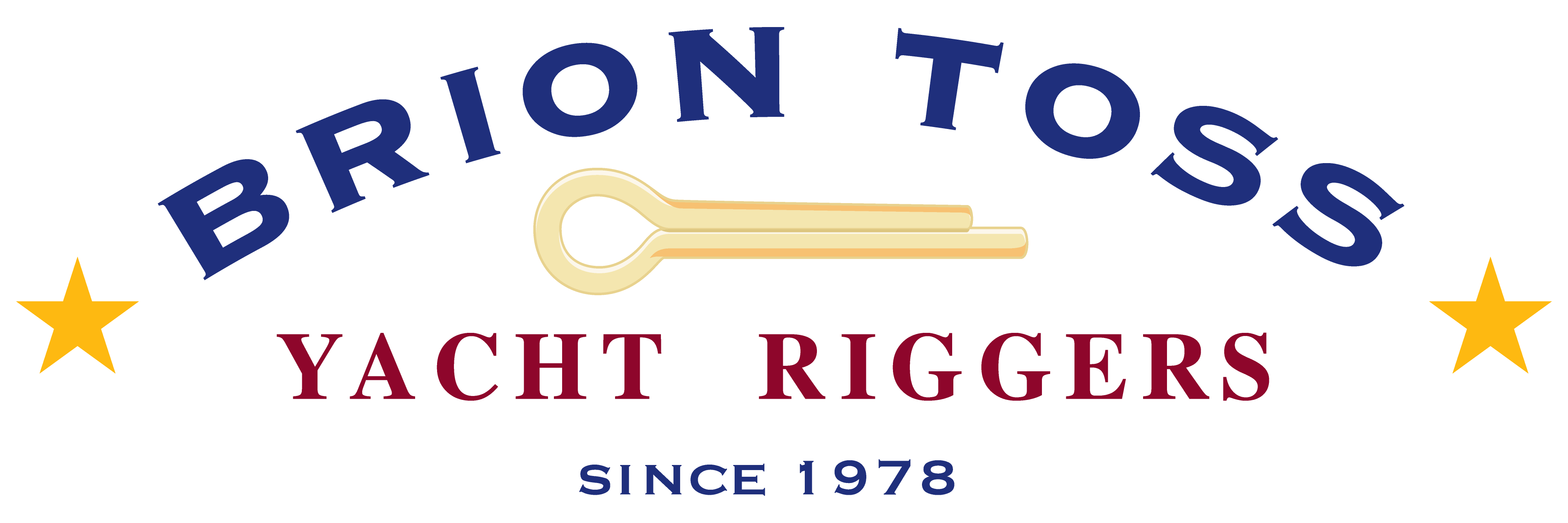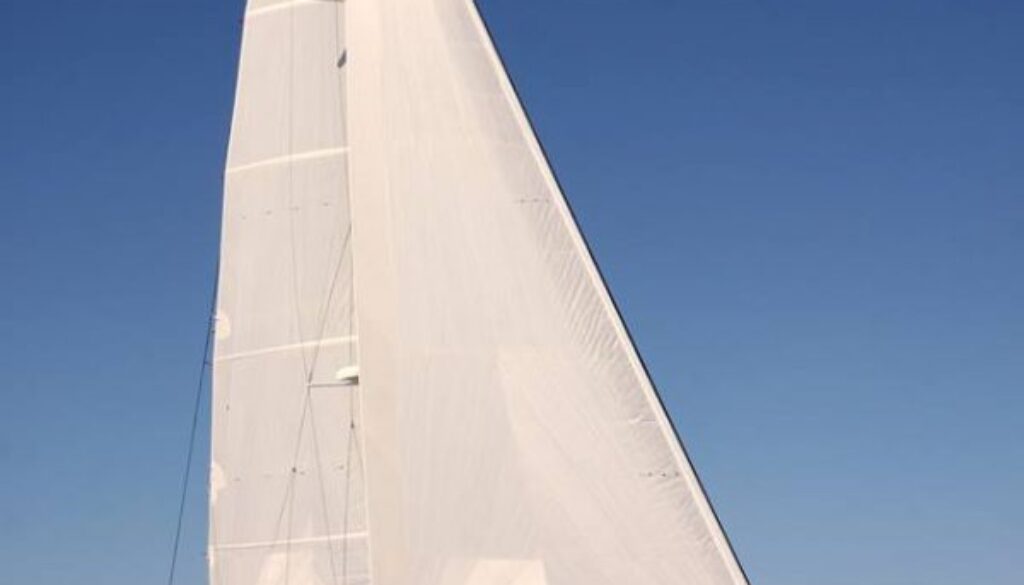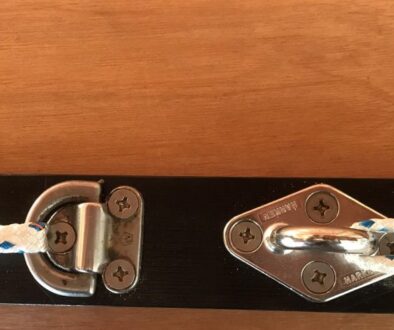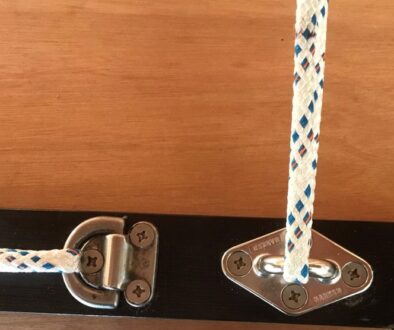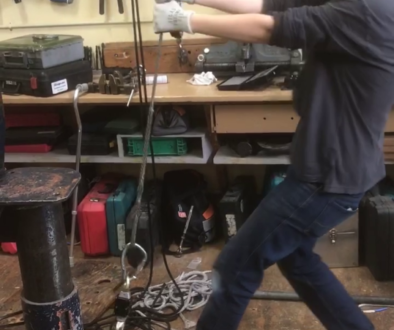Whether Helm or Not, 2, The Winner!
Whether Helm or Not, 2
We had a veritable flood of entries to this week’s Puzzle. To review, it went like this:
Some cruising sailors entered a local race series, and to improve their chances they decided to lighten ship. They took off their diving gear, books, extra clothing, and all the other stuff that tends to accumulate on a cruising vessel. They even offloaded their chain rodes and anchors, figuring they wouldn’t need them to go around the buoys, sent down some spare halyards, and retuned the rig.
The boat was definitely faster after all this, but the sailors were shocked that what had previously been a significant amount of weather helm had suddenly become an alarming amount of lee helm. What factor or factors might have caused this?
Things got off to a slightly rough start when Bob Perry, the Pope of Yacht Design, got the idea that I was promoting an antique method of determining helm balance in the design stage. See, in the old days, naval artichokes saw that getting hulls and sails to balance was tricky, so they came up with rules of thumb to determine how hull area and shape would relate to sail area and shape. The method worked, sort of, but it also produced a lot of vessels with infamously bad helm manners. You can read more about this in Skene’s Elements of Yacht Design. Nowadays things are more refined, and you can find more reliable methods in books like Bob’s, Larsson and Eliasson, and others. The basic idea is that the aerodynamic focal point of the sails (center of effort, or CE) needs to line up pretty closely with the hydrodynamic focal point of the hull (center of lateral resistance, or CLR). In the real world, when the vessel is under way, heel, drag, wind direction, and a host of other variables make this a fairly complex thing to determine. But when it is right, the boat will have a slight tendency to round up. When it is wrong the boat will have a violent tendency to round up (too much weather helm), or a ghastly, terrifying tendency to fall off (lee helm).
I started to detail just the basics of this relationship in preparing this post, and after several pages realized that there was far too much to say just to answer a puzzle. The short form is that, as with the previous puzzle about the effects of running rigging on weather helm, just about everything you do can have a measurable effect on helm balance, inducing either weather helm or lee helm. Just walking around on your boat while it is underway can have such an effect.
One of our more comprehensive entries came from rock star sailmaker Emiliano Marino*, author of The Sailmaker’s Apprentice. He wrote,
“Offhand, I’d say if their ground tackle was stowed up forward and they cleared it out; that would lighten and raise the bow… tending to increase lee helm [this is true for most but not all boats, BT].
“Removing anything aloft would reduce heel, which would also increase lee helm.
“And if, in retuning the rig, they did anything to bring the rig, sails, and sail power forward, that too would increase lee helm. Crew size, weight and position could be a factor.
“Mostly, I’d guess that the weight of all the beer stowed in the lazarette for the race was the culprit.”
To that I would add that, if the rig had been too slack before, the mast would have gone further to leeward, especially when loaded up and on the wind. This is a big cause of weather helm. With a proper tune, the mast would stay further uphill, and this could contribute to moving things toward lee helm. Likewise if the mast had previously been straight, and the tune imposed a proper bend, the CE would have moved forward some.
So, our randomly selected winner from our pool of even remotely correct entries is… Richard Shearley! Be in touch about where to send your Fabulous Prize, which is an autographed copy of Bob Perry’s Yacht Design According to Perry.
Thanks to all of you for your entries! Next week’s Puzzle: Extravagant Purchase.
*He also recently added to our list of the tiny number of running rigging pieces that do not, in normal use, affect helm balance: a tripping reef clewline.
PS,
My regular Friday blog post this week is Adventures in Maintenance: Achieving Resonance
